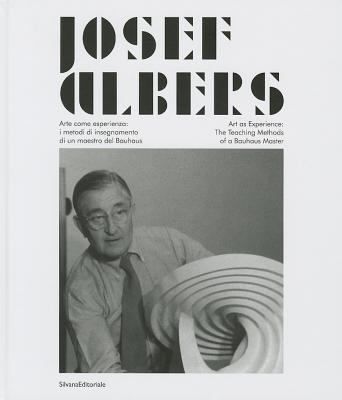
Art as experience the teaching methods of a Bauhaus master
Josef Albers (1888-1976) was both a pioneer of abstract art and an enormously influential teacher and theorist of art pedagogy. In the work he made at the Bauhaus and--following his emigration from Germany to the U.S.--at Black Mountain College and Yale University, Albers strived for economy of line and clarity of articulation, and he developed his pedagogy along similarly rigorous lines. At Black Mountain College, Albers encountered the educational theories of the great American philosopher John Dewey, who emphasized the importance of context and experience in education, and whose famous statement on aesthetics, "Art as Experience," was published the year after Albers arrived in the U.S. In 1963, Albers published the profoundly influential book "Interaction of Color." Subsequently translated into 12 languages, it continues to be used in classrooms and studios worldwide. "Josef Albers: Art as Experience" looks at the relationship between Albers' pragmatic (and Pragmatist) teaching and his art, presenting previously unseen works by Albers' students from the Bauhaus and elsewhere, along with little-known studies and other art by Albers himself, and reveals the vibrancy and extraordinary impact of Josef Albers' groundbreaking pedagogical methods.